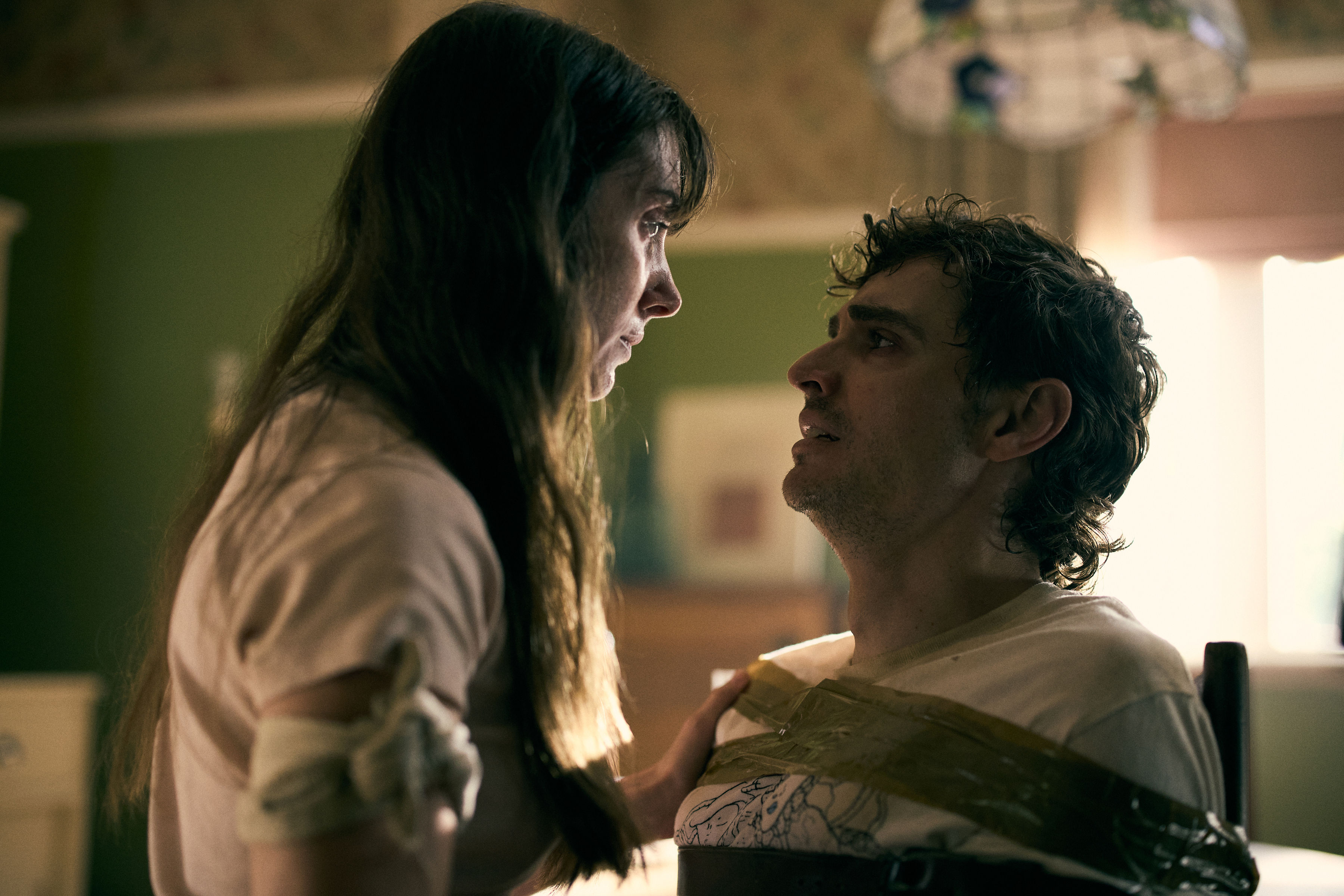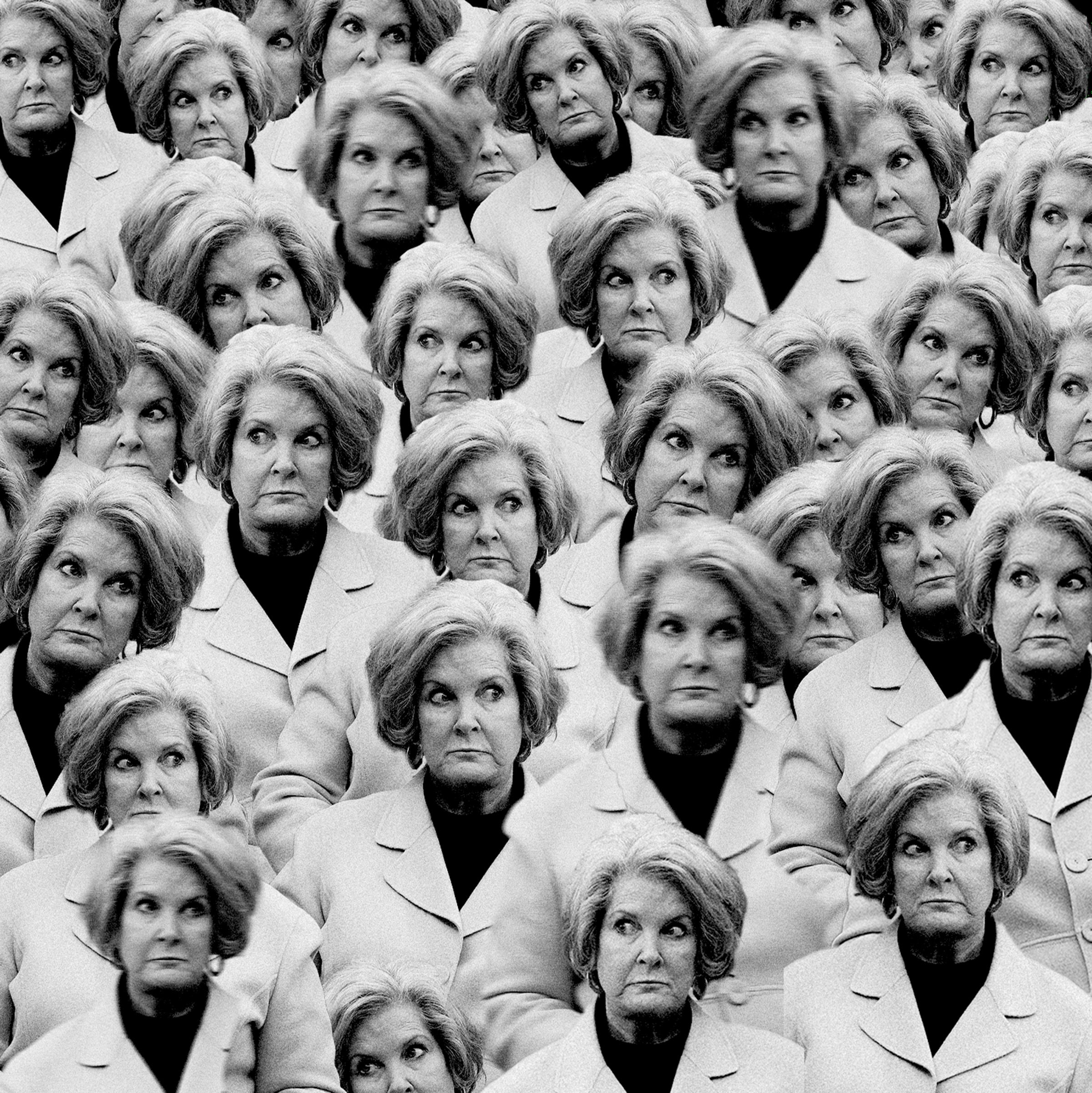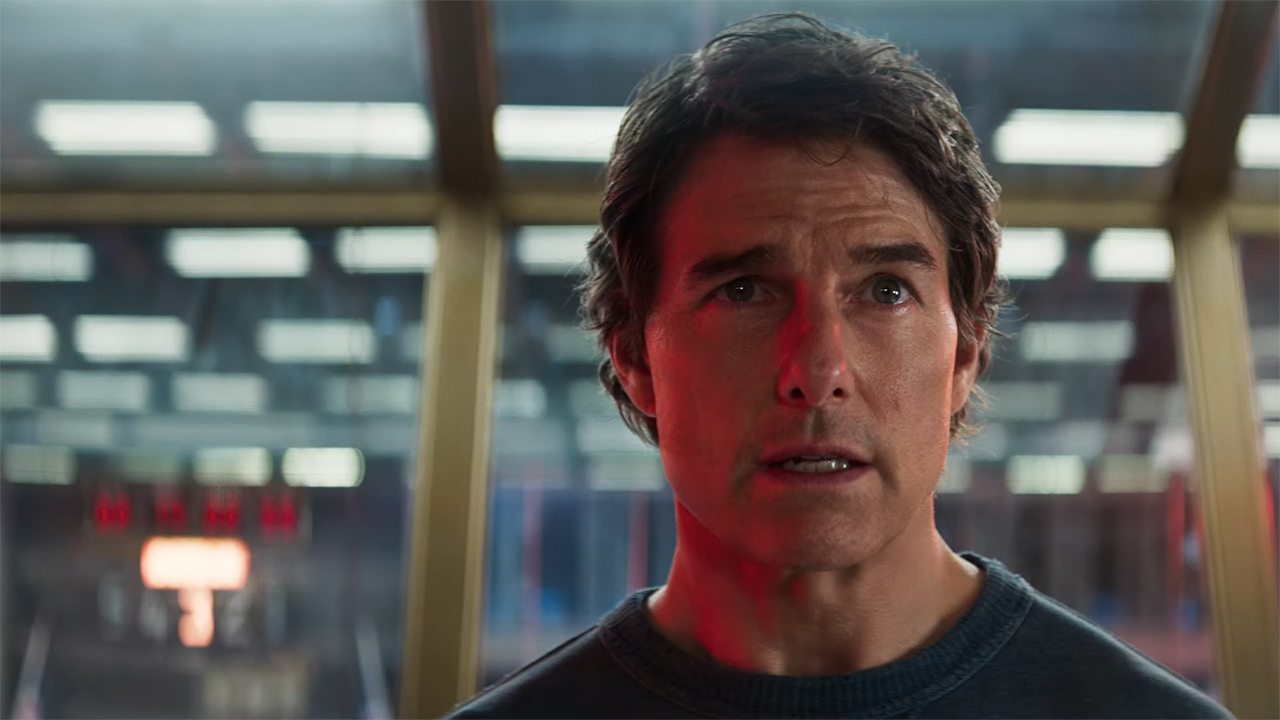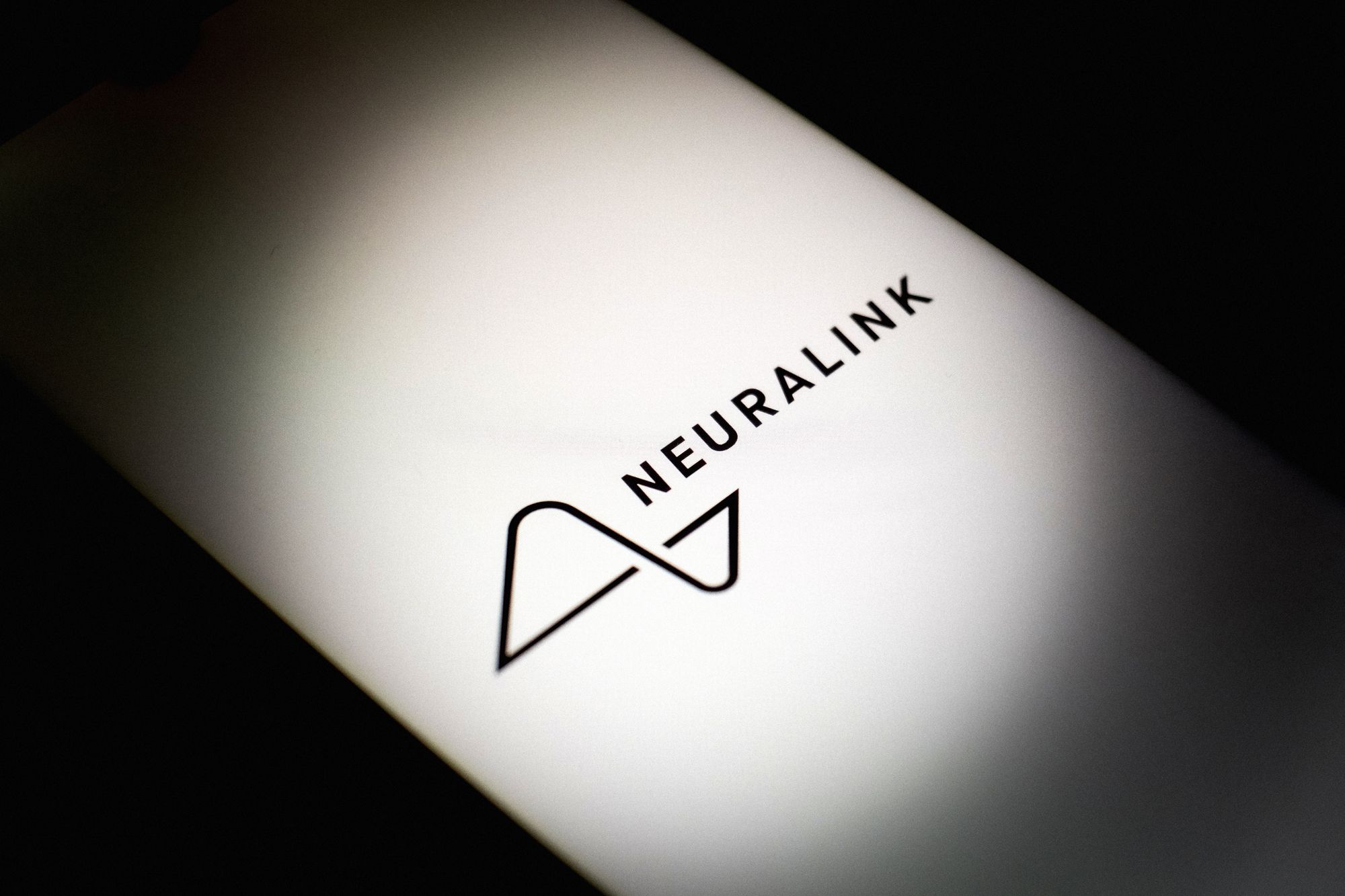
Back in the mid-1980s, the nighttime soap opera Dallas set the all-time gold standard for terrible uses of the “It was all a dream!” plot reveal, with a ridiculous twist erasing the entire previous season. In the decades that followed, Hollywood has continued to exploit this overused trope.
Horror movies, in particular, going back to the beginning of cinema and including genre classics like Carrie and Friday the 13th, have leaned on dream fakeouts to inject extra shocks and scares — only to immediately roll them back. It’s almost always a letdown when something terrifying happens to a horror-movie character, and then they wake up with a start, both because it’s a cheap trick, and because it’s such a lazy, overused one.
Enter Together, the feature debut of Australian writer-director Michael Shanks. The film, which opens in American theaters on July 30, is a supremely creepy body horror starring real-life spouses Dave Franco and Alison Brie as a thirtysomething couple initially struggling for intimacy during a transitional period in their lives, and then struggling with a seemingly supernatural force. It also features several “It was all a dream” sequences, where Franco’s character Tim, a failed wannabe musician still hanging onto his rock-star fantasies, experiences horrific nightmares only to jolt out of bed with that signature start-and-gasp. However, Shanks’ movie is a model of the right way to handle horror-movie nightmares, on several levels. Not only are Tim’s dreams terrifying and effective, they work neatly into the narrative Together is building.
It helps that so much of Together already feels like a dream. When Tim and his girlfriend Millie (Brie) follow her latest teaching job to a rural area far from home, they’re immediately isolated in ways that highlight their issues as a couple. Millie is ready to get married; Tim can’t even bring himself to have sex with her. In the city, they were surrounded by a large, eclectic circle of friends, including Millie’s brother, a more successful musician willing to let Tim tour with him. In the country, Tim and Millie only have each other, and their relationship — part codependent clinging, part buried resentments and unspoken frustrations — is the only thing defining their lives.
Tim’s nightmares come in part from a traumatic experience with his own family and his mother’s emotional breakdown over his father’s death. At night, he relives a particularly horrifying moment, and his insecurities about his relationship with Millie become much more tangible.

Shanks’ script plays with other familiar horror tropes, including the supernatural as a metaphor for trauma and mental illness. Those are easy ideas to get wrong or handle in an exploitative, clumsy way. But Together’s metaphor is so bald and blatant that it passes as daring and gives every scene a double meaning.
Tim and Millie are contemplating marriage, but he’s reluctant to redefine his life around another person and haunted by the specter of how his parents ended up. Millie isn’t sure she wants to face the future with someone so unnerved about touching her, and who visibly recoils from the idea of making their coupledom more permanent. Of course they’re both going to experience outsized dread over something pulling them toward each other.
The metaphorical monster in this movie is just the idea of commitment. But that monster is also a visceral, messy Cronenbergian horror when Millie and Tim encounter a carefully foreshadowed force that wants to literally bind them together — not just as a couple, but to a grotesque, unnervingly physical degree hinted at in the trailer.

It’s important that Shanks plays fair with his audience on the dream sequences. He always signals clearly on the screen when Tim is entering a dream, with lighting and sound changes. The nightmares only come when the audience already knows Tim is sleeping, rather than being edited into the story in a deceptive way.
It also helps that those dream sequences are important to the story, and that they’re really, really well visualized. One that comes late in the movie — and that just involves the effects of Tim breathing — really does feel like being caught in a nightmare, with the mixture of morbid fascination and fixated terror that dreams can bring. It’s one of the film’s most memorable scenes because it’s aimed at creating dread and a shuddery kind of wonder, instead of driving a simple “Gotcha!” jump-scare.
Together’s central “lovers unwillingly stuck together” metaphor is simple: Connection can be scary, especially if it feels like it’s happening because of social, societal, or internal pressures rather than fully voluntarily. (It’s simple enough that the producers of a similar movie are suing Shanks for plagiarism; he says he reached the idea independently.) But Franco and Brie sell the script’s powerful emotions, both the fears involved and the eventual veer into a kind of giddy comedy, as Tim and Millie start to understand what’s happening and how ridiculous it is. And Shanks gives the whole project both a looming sensation of creepy, phobic apprehension and just enough humor to make it go down easier.
Together feels like the kind of nightmare you’d be relieved to wake up from. No wonder the dream sequences fit right in.
Together opens in theaters on July 30.
Source:https://www.polygon.com/horror/617600/together-movie-alison-brie-dave-franco-trope-cliche














